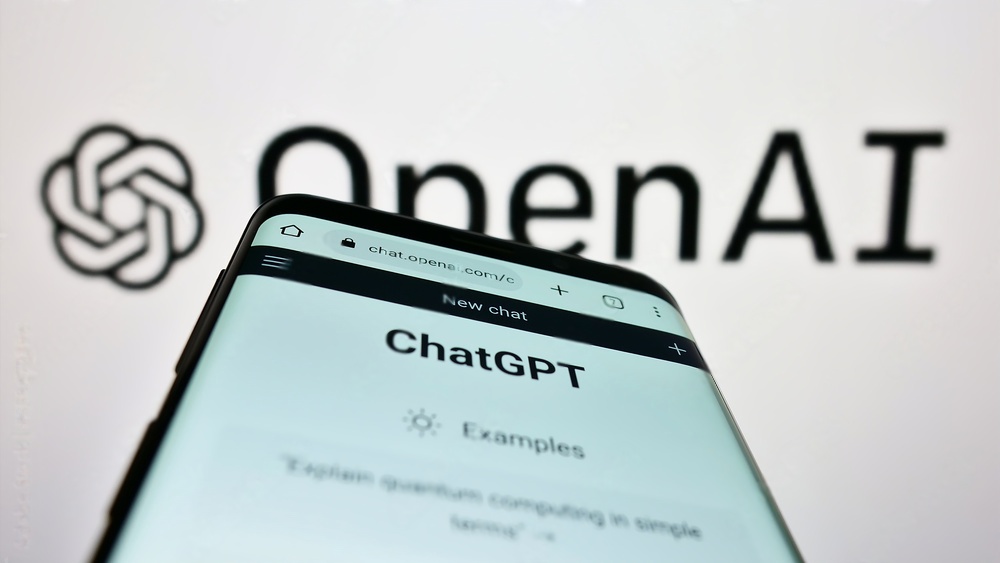Pros and Cons of OpenAI ChatGPT: A Detailed Analysis

Pros and Cons of OpenAI ChatGPT: A Detailed Analysis
OpenAI ChatGPT is an advanced language model designed for conversational applications. While it has garnered attention for its impressive capabilities, it is essential to evaluate its pros and cons to fully understand its potential and limitations. In this blog post, we will delve into the four major pros and cons of OpenAI ChatGPT.
Pros:

- Natural Language Generation: OpenAI ChatGPT excels in generating human-like conversations. It can produce coherent and contextually appropriate responses, making it ideal for chatbot development and conversational AI applications. This capability enables it to mimic human conversation patterns and engage users effectively.
- Contextual Understanding: One of the standout features of ChatGPT is its ability to understand context. By analyzing the previous messages and maintaining a conversation history, it can generate responses that align with the ongoing discussion. This context-awareness enhances the quality and coherence of the generated responses, creating a more seamless user experience.
- Large-scale Training: OpenAI ChatGPT benefits from being trained on vast amounts of diverse conversational data. The extensive training data helps the model capture the intricacies and nuances of natural language, enabling it to generate relevant and contextually appropriate responses. This comprehensive training enhances the model’s understanding of a wide range of conversational scenarios.
- Improved User Experience: With its natural language generation abilities, ChatGPT provides an enhanced user experience. It can understand user queries and respond in a conversational manner, making interactions with the AI model more engaging and interactive. The model’s capability to generate human-like conversations makes it feel more approachable and relatable for users.
Cons:

- Lack of Source Validation: Although ChatGPT can generate plausible-sounding responses, it may not always guarantee factual accuracy. Since the model is not explicitly trained to verify sources or fact-check information, it can occasionally provide inaccurate or unreliable responses. Users should exercise caution and independently verify information obtained from ChatGPT.
- Tendency to be Verbose: ChatGPT has a tendency to generate long and verbose responses, which may not be desired in certain conversational contexts. This verbosity can sometimes result in unnecessary or lengthy interactions, impacting the overall efficiency of the conversation. Striking a balance between informative responses and brevity remains a challenge for the model.
- Sensitive to Input Phrasing: OpenAI ChatGPT is sensitive to slight variations in input phrasing. Even minor rephrasing of the same question can yield different or inconsistent responses. This inconsistency can pose challenges in maintaining coherent and reliable interactions, making it crucial to carefully construct queries and prompts to achieve desired results.
- Limitations in Handling Complex Queries: While ChatGPT can handle a wide range of conversational scenarios, it may struggle with comprehending complex queries or tackling domain-specific knowledge. In such cases, the model may provide generic or unrelated responses, potentially leading to frustration or lack of satisfaction for users seeking specific or in-depth information.

As with any AI model, it is important to consider the pros and cons of OpenAI ChatGPT within the context of your specific use case. OpenAI is actively working to address these limitations and continually improve the model’s performance and capabilities.
By understanding these factors, users can make informed decisions about leveraging OpenAI ChatGPT for their conversational AI needs while being mindful of the model’s current strengths and limitations.


